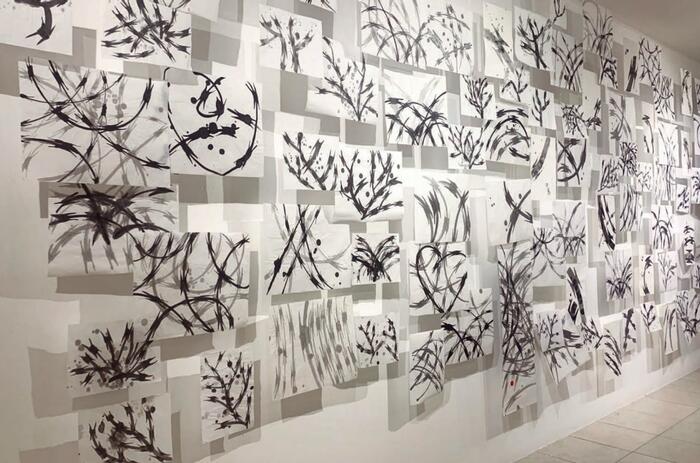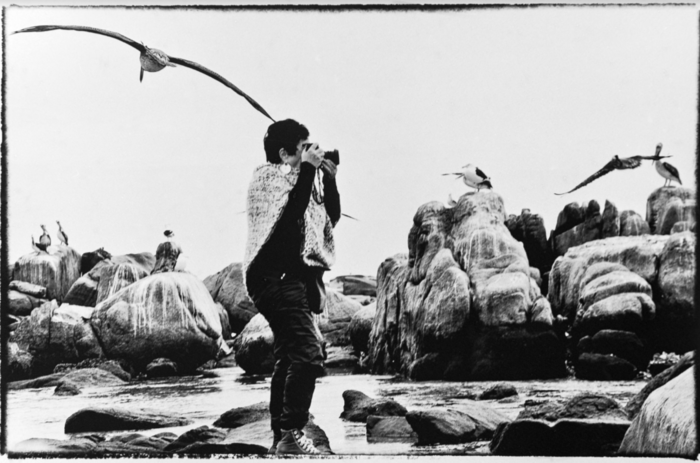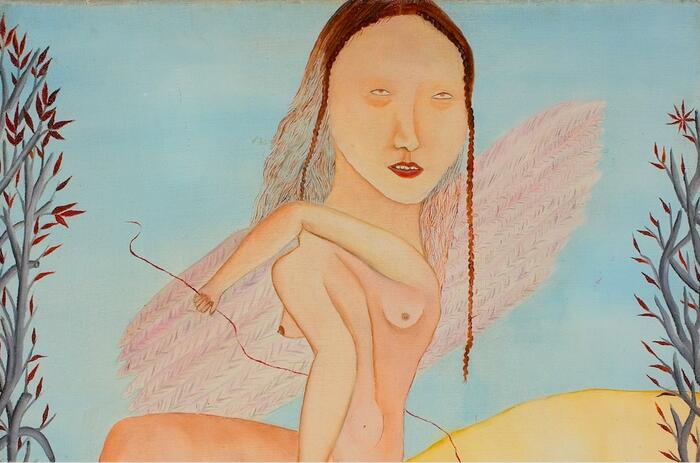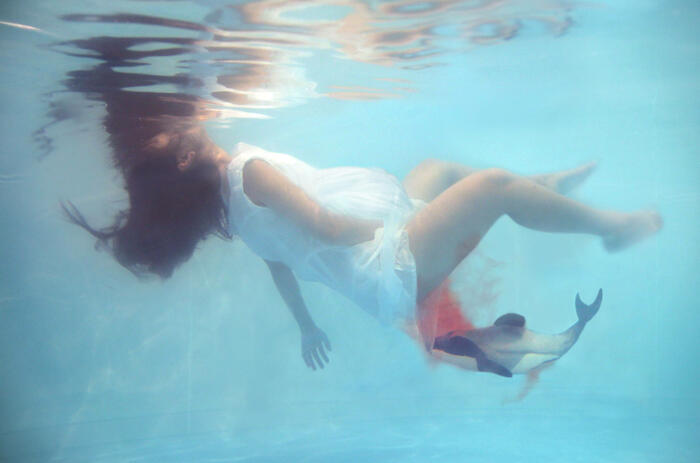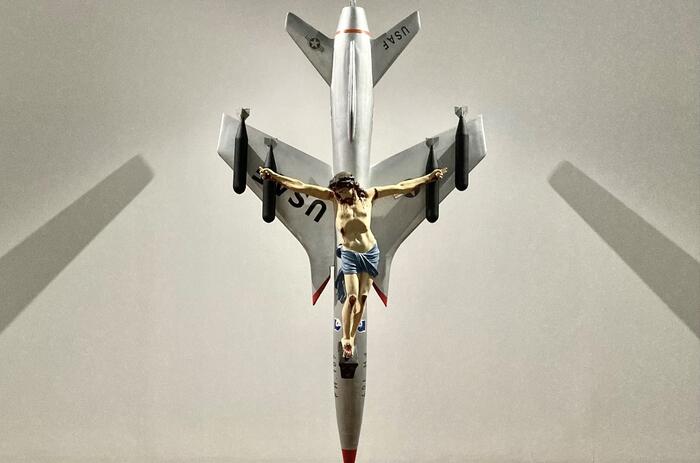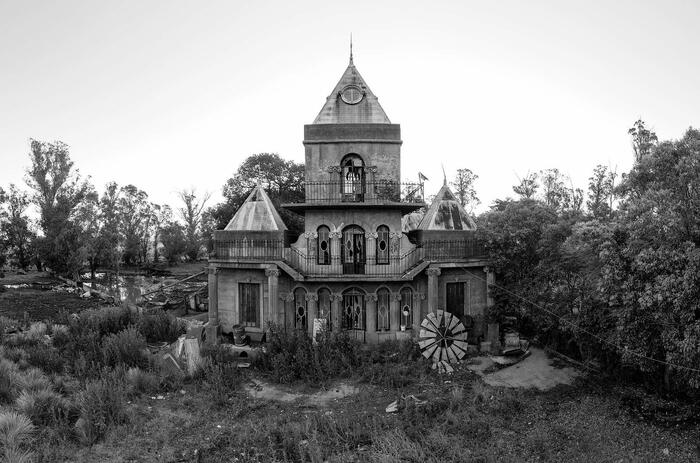“GRACIELA ITURBIDE: HELIOTROPO 37” AT FONDATION CARTIER POUR L’ART CONTEMPORAIN
The Cartier Foundation presents "Heliotropo 37", the first major exhibition in France dedicated to the work of Mexican photographer Graciela Iturbide. It brings together more than 200 images from the 1970s to today. Photographs from the most iconic to the most recent, as well as a color series specially produced for the exhibition. If today she is famous for her portraits of the Indians of the Sonoran Desert, the women of Juchitán, or for her photographic essays on the ancestral communities and traditions of Mexico, Graciela Iturbide also draws an almost spiritual focus to landscapes and objects. Showing for the first time these two facets, these two points of view of the artist's work, the exhibition thus offers a renewed vision and reveals her great contribution to photographic art.
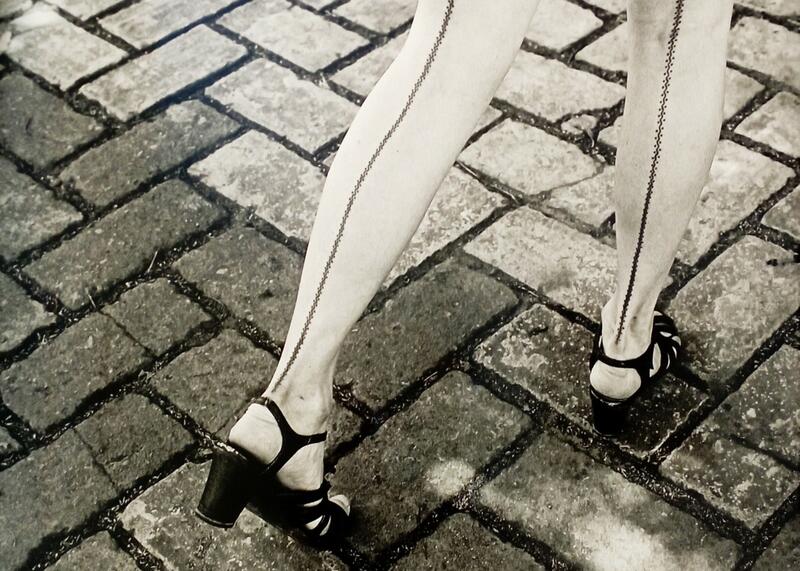
For more than 50 years, Graciela Iturbide has been creating images that oscillate between a documentary approach and a poetic gaze. He started in photography in the 1970s together with Manuel Álvarez Bravo (1902-2002), whom he follows on his travels in the towns and popular Mexican festivals where he sees him looking for the right place, waiting for something to happen and then photographing, almost invisible, without disturbing, what interests you. Álvarez Bravo thus becomes the mentor of the young photographer and shares with her her sensitivity and her humanistic approach to the world.
The exhibition presents on the ground floor a large number of photographs of people she met or objects that surprised and moved her during her various pilgrimages to Mexico and expeditions around the world. Large black and white photos that immerse the visitor in an imaginary journey: jackets suspended in the air, electrical cables that trace geometric patterns or a school of fish whose direction is unknown. Among the emblematic series of this period are "Those who live in the sand" (1978) for which Graciela Iturbide spent a lot of time within the Seri community in the Sonoran desert; "Juchitán de las mujeres" (1979-1989), a study dedicated to women and the Zapotec culture, in the valley of Oaxaca, or the series "White Fence Gang" (1986-1989) carried out with the cholos, Mexican gangs in Los Angeles and Tijuana.
In addition to the photographs that made her famous, the exhibition reveals her recent photographic work. Through the years, her images become emptied of all human presence and her attention is directed to materials and textures, revealing the metaphysical link that unites the artist with objects, nature and animals. “Naturata”, produced between 1996 and 2004 in the Oaxaca botanical garden, begins this progressive disappearance: plants and cacti, supported by ropes, wrapped in burlap sacks, vanish under veils and nets. At the initiative of the Cartier Foundation, Graciela Iturbide moves to Tecali, a town near Puebla where alabaster and onyx are extracted and cut. A rare occurrence in her career, she abandons black and white to photograph pink or white stones in color; alabaster blocks on which writings or engravings are sometimes visible, standing out against the sky like totem poles.
“Heliotropo 37” borrows its title from the street where Graciela Iturbide's studio is located, in the Coyoacán district of Mexico City; designed by her son, the architect Mauricio Rocha who also designed the installation set for the exhibition. He transformed the Cartier Foundation into a modern temple, with high whitewashed walls crossed by vertical slits that let in the light from the garden. A scenario that resonates with the meditative photos that Graciela Iturbide has taken around the world, finding poetry in the simple things of everyday life, without ever falling into heavy symbolism or esotericism. Spectacular, radical but not exempt from measure, his proposal plays with the materiality of the elements used. As a temple heir to modernism and Mexican architectural tradition, this scenery thus creates an environment conducive to contemplation.
Throughout the 20th century, the photographic medium has immortalized the modern city in endless visual narratives that start from the street as a social stage, a political battlefield or a playground. For nearly half a century, black-and-white images of her have documented life in her native country. Through her humanistic and poetic gaze, Graciela Iturbide summons the mystery in everyday life where her image intersects with the social and political history of the city, with its euphoria, loneliness, revolts and struggles.

